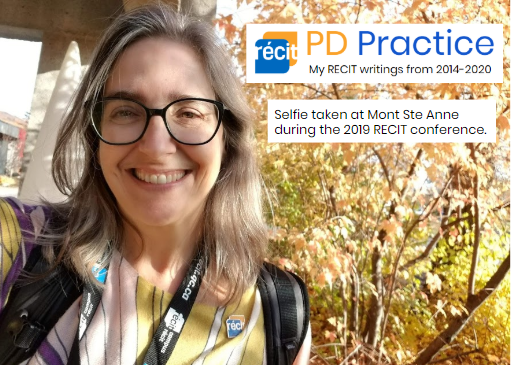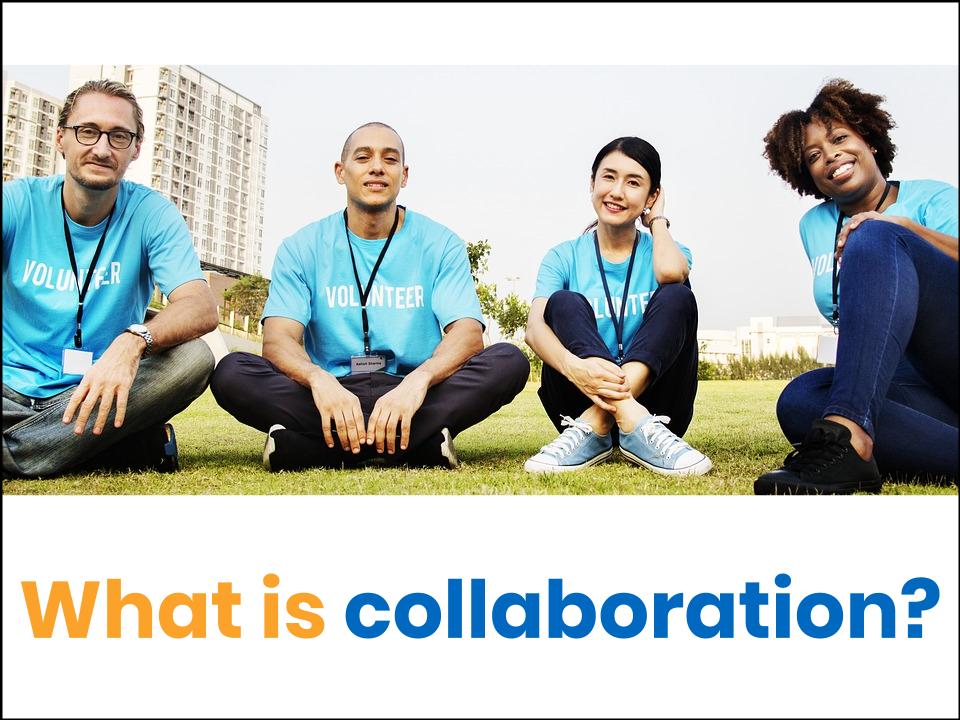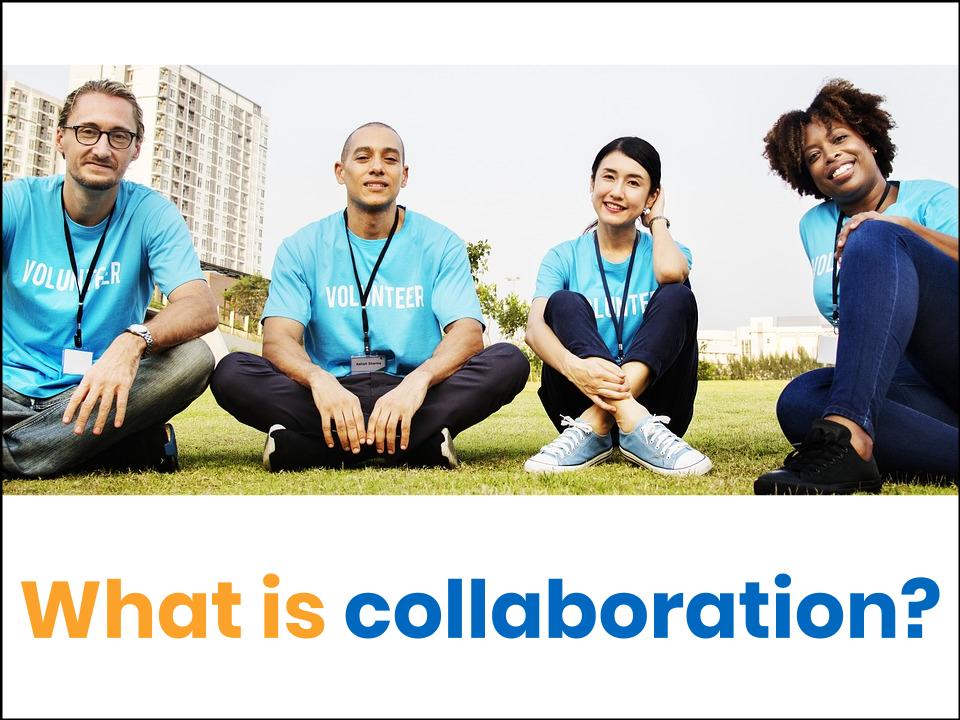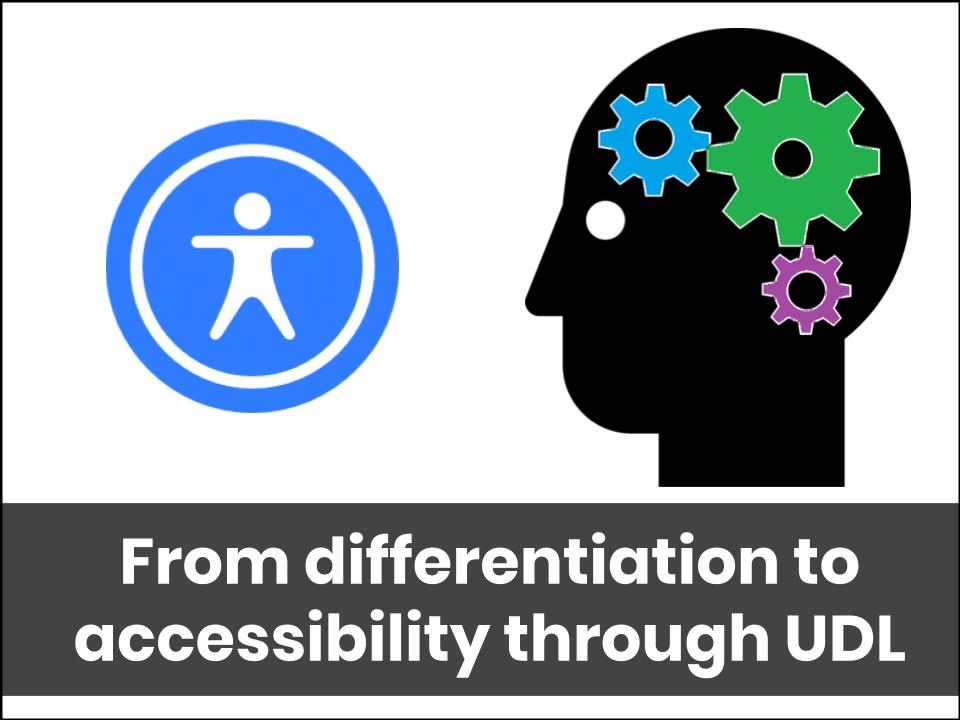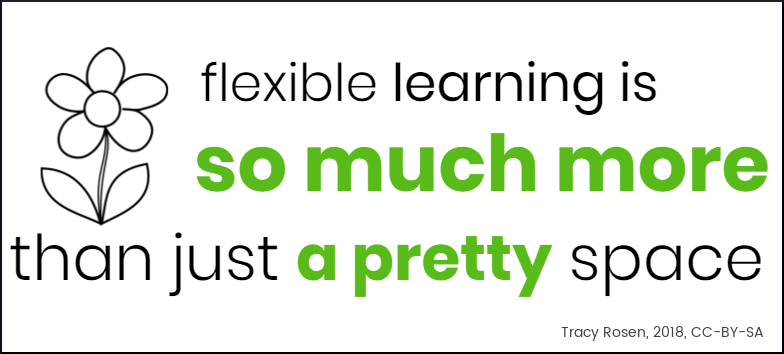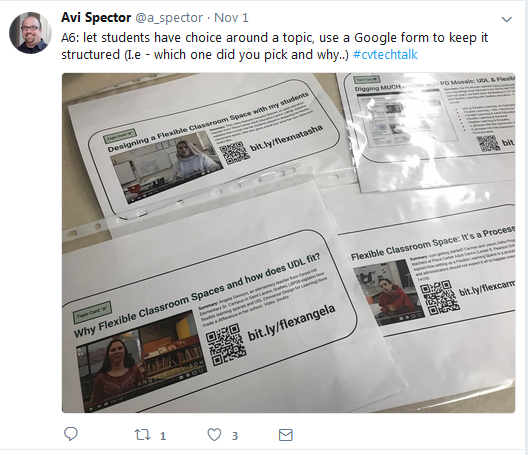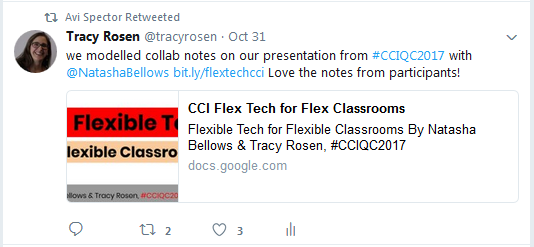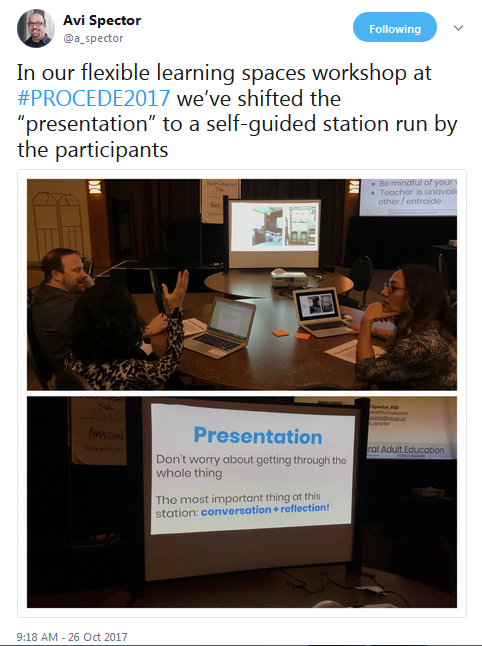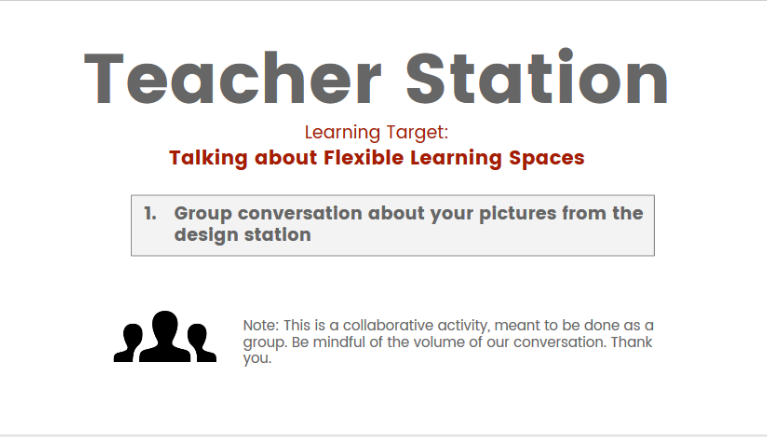This post is about my plans for the year. I call them my plans, but really they are a result of great planning and collaboration with a number of partners, in particular Avi Spector. Thank you!
I am also going to include some brand new resources that are available for you at the end of this post. This year is going to be great!
—-
Happy New Year! This means a few different things at this time of year. It is the Jewish new year of 5778 and, I just discovered, the Muslim new year of 1439. We are also about a month into the 2017-2018 school year. This particular school year is a time for renewal as we transition into our new courses, the bulk of which will be mandatory by the end of this school year (breathe, it will all be fine!).

As we continue to try on our new programs in Quebec Adult Education, we are experiencing
greater collaboration than ever –
which is great. We are
modeling what we want to see in our classrooms and what we want to teach our students. I feel like I have spent much of this past month sharing my work from last year and my plans for the upcoming year at different venues. In fact, I did it twice last week and will do it twice again this week! I do this because
I believe it is important. It is important that we are all aware of what we are all doing. We want to
work in concert and not alone in our own sections of the province. It reminds me, though, that
collaboration can be hard work – something we need to remember when we expect it of our students.
I feel like everyone must know my action plan by now, I’ve been talking about it so much, but I know that isn’t true so here is what is important to me this year.
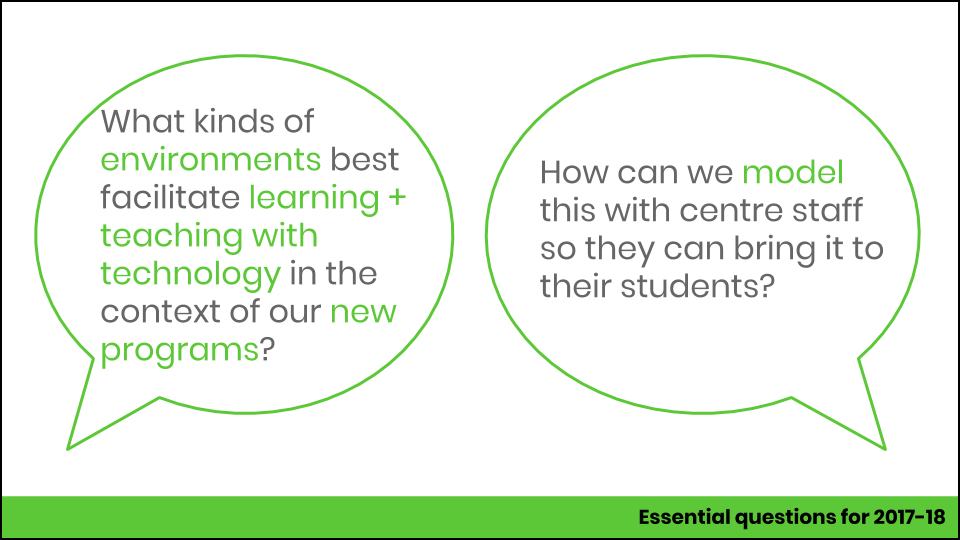 Environment
Environment
There are a whole slew of reasons why teaching and learning environments are important to me. Our courses are competency based. As a teacher,
I need to make sure I can observe my students as they are developing competencies – as they are doing things with learning situations. So
I need to provide an environment that allows for this. More centres and teachers are starting to make significant shifts in their environments for these very reasons.
Technology
I work with the RECIT so I’m a technology consultant, yet I hate the idea of asking teachers and students to do special projects just for the sake of integrating technology. We just need to make sure that our teachers and students have access to resources and to devices in order to better share and collaborate with others. When we change our environments, we can make sure that our spaces allow for better use of technology to do those things.
Modeling
A couple of years ago, Avi and I realized that it was no longer enough to talk about cool ideas for teaching and learning. We had to just do it. The first time we did a workshop IN the style of what we were talking about (Stations) resulted in a number of teachers integrating stations into their classrooms. Almost immediately.
We learned the importance of modeling. It’s harder work for us. It would be so much easier for us to create our PowerPoint presentations and to talk for the entire workshop than to design active learning situations and participant-driven professional learning oportunities that model implicit use of technology for competency development. But we do it because we know it’s important. Teachers have told us and we are starting to see the results in classrooms.
So, this year the work I plan on doing will be framed by those ideas. I will continue to make videos and PD Mosaic tiles in collaboration with some of you. I will continue to share what we do on this blog, on Twitter, and additionally through Carrefour-FGA and RECIT newsletters as well as on The Launch. I will also share all of these resources in the different workshops and other learning sessions I design with Avi and other teachers and consultants. And I will continue to facilitate and participate in a variety of communities of practice related to learning environments (individualized and not), technology, and, of course, our new programs.
Here is one of my action plan presentations from last week, if you are interested in a few more details.
**And now the fun stuff – new resources!**
This is a selection of the new resources you can find on PD Mosaic. They include work by and for the teachers, consultants, and administrators we work with. Be sure to check out the main site to see if there is anything you haven’t seen yet! And please let me know if there is a resource you would like to develop with me!
PD Mosaic
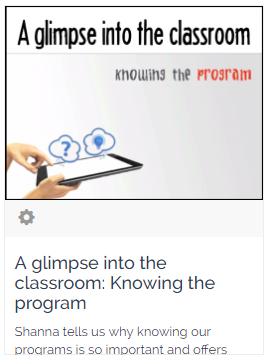
New PD Mosaic tile with a video by Shanna Loach, ETSB.
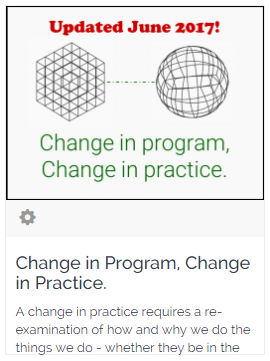
A collection of PD Mosaic tiles about how our practice is changing as a result of new progams. With videos by and about teachers in Quebec.
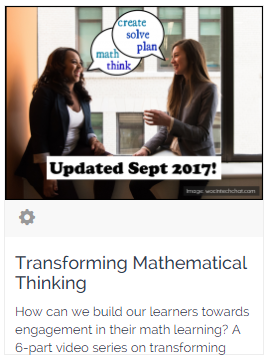
A series of videos by Ayodele Harrison on transforming mathematical thinking through engaging conversation.
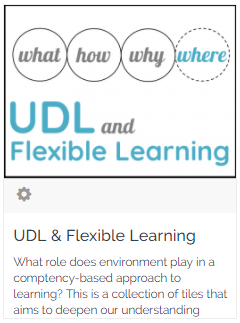
A collection of tiles on UDL and flexible learning in the classroom – including videos and resources from Quebec Adult Ed classrooms. For teachers and administrators.

